
Not only is the untimely death of Ghanaian highlife icon, Charles Kojo Fosu (Daddy Lumba) heartbreaking, but it has also denied Ghanaians and the rest of world the benefit of his future music and philosophy that would have continued to encourage people who have lost hope, and entertain those who are sad.
For than 30 years of his musical career, Daddy Lumba’s voice has consoled orphans, widows, widowers, and the marginalized in society. On every occasion-wedding, funeral, festival, football, entertainment. Daddy Lumba’s unique songs and lyrics conveyed universal messages of hope, joy and relief for people across the world.

Greatest song
A few minutes after his death went viral on social media, without the consent of his family heads, several Ghanaians from different backgrounds took turns to comment on which of his songs made the most impact on them and humanity. The ongoing debate over his greatest hits may never have a consensus, as different people relate differently and interpreted the songs from their perspectives or orientations.
In the light of the ongoing debate yours truly suggests that the greatest song composed by our music icon is “Children of the future.” The song is one of a few songs Lumba composed and sang in English, and thus appealed to global audience.
Released in 1995 perhaps, not many people paid attention to the philosophy behind the song. “Children of the future” is arguably one of the greatest compositions of Daddy Lumba because of its international focus on environmental destruction, climate change, global warming and social justice. Daddy Lumba philosophically drew the attention of local and world leaders to the negative impact of environmental destruction on current and future generations. Below are the powerful words of the song and its philosophical underpinnings.
Destroying the earth
It starts with “If could have the chance to see what the world would look like after you are gone.” It then forecasts that “this world is getting to an ending, slowly, but surely.” The second stanza asks a very critical question, “when are you going to realise that you are destroying the earth?”.
The most important part of the song for me is when Lumba pointed out that “children are dying everywhere”, perhaps because of the failure of leaders to provide food, water, health and education.
This was followed by an equally powerful chorus “sign of the times.” It is worth noting he used children of different backgrounds to do the video of the great song. This underscores the universality of the song.
Lumba then outlined other human activities that are destroying the environment.
- “Destroying nature everywhere” (Sign of the times),
- Polluting the sea everywhere (Sign of the times)
- Sahara expanding every year (Sign of the times)
He then pauses, and asks all of us to “Just take a minute and think about the world.” This was a very simple song, composed in reggae tunes and lyrics to convey a very significant and a thought-provoking message to Ghanaian, African and global decision makers to ponder over how their policies, laws and selfish actions are destroying the environment, forests and revives. Their failure to protect the environment is perhaps making the earth uninhabitable for current and future generations to thrive after these leaders are dead and gone. Lumba’s concern was what legacy, what, and world are African and global leaders leaving behind for the next generation?
At the time our highlife icon these poignant questions illegal mining and the mad rush for gold was not as widespread and destructive as it is today. Our leaders have simply lost the fight against illegal mining and its effects on the environment because of the craze for money. The politicians and business people who are fueling illegal mining without regards to its effects on our forests and rivers will one day be held accountable for their negligence.
Social justice campaigner
The destruction of the environment and the pollution of water makes Daddy Lumba not just a music icon, but also a social justice campaigner and in fact a prophet. He predicted that unless we combat environmental pollution, the future of our children would be bleak. And that is exactly what is unfolding before us. Ghana is rapidly losing its forest reserves and rivers to politically driven gold rush. These are indeed “The signs of the times”, as Lumba predicted in the song.
Arguably, the philosophy behind “Children of the future”, ranks it among top reggae hits like Bob Marley’s “One Love, one heart”, “War”, and “Redemption Song”, Peter Tosh’s “Equal rights and justice”, “Down pressor man”, and “We no need no nuclear war”, Jimmy Cliff’s “Remake the world” and Majority rule”, Joseph Hills’ “ When will the pay day be”, Lucky Dube’s “I am a slave”, “Different Colours, one people”, “We are the victims”, “Chant down war and crime” and Alpha Blonde’s “America, America break the neck of this Apartheid.”
Thus, Daddy Lumba is not only an idol in Ghana, he has also etched his name among the world’s top music philosophers, who fought and continue to fight for equal rights and social justice. The use of music by Africans and Africans in the Diaspora to raise the red flag over enslavement and exploitation of Africans has been well documented in history. Whenever, and wherever the names of legends like Bob Marley, Peter Tosh, Jimmy Cliff, Joseph, Burning Spear, U-Roy, Alpha Blonde etc are being mentions for advocating social justice, our legend, (Charles Kojo Fosu) Daddy Lumba will also be mentioned, because of “Children of the future.” The philosophy behind it will leave an indelible mark on the world, even in his absence.
Relevance for MDGs and SDGs
Lumba released the in 1995 when the world was still grappling with attaining the Millennium Development Goals (MDGs). However, more than 20 years after its release, the song is still relevant for advocating the Sustainable Development Goals (SDGs), climate change and against water pollution and deforestation. Lumba’s focus on social justice for women and children is in tandem with the Sustainable Development Goals (SDGs). Some of the key SDGs that have a direct bearing on women and child are highlighted below.
GOAL 2: Zero Hunger
This goal focuses on feeding the world without destroying more nature. According to the World Resources Institute, the calorie requirements of a population of 10 billion are 56% higher than current total crop production. Agriculture is already a leading cause of environmental degradation and further conversion of land for farming purposes will have devastating consequences for biodiversity and our climate.
That notwithstanding, the number of people suffering from hunger has increased over the past three years. Experts have warned that vulnerable areas like the Sahel Region face catastrophe unless action is taken to reduce fertility rates. Remember Lumba expressed concern that “Sahara is expanding every year.”
GOAL 4: Quality Education
This underscores the need for greater investment in quality education to alleviate poverty and reduce population growth. It argues that due to gender inequality, girls are disproportionately affected by lack of access to education. In some countries, one in four girls do not attend secondary school and in sub-Saharan Africa, the number of girls out of secondary school has increased by seven million since 2007 due to several factors, especially the marginalization of girls and early marriage.
GOAL 6: Clean Water and Sanitation
This SDG argues that the combination of climate change, which Lumba mentioned in Children of the future is fueling a global water crisis. In Ghana illegal mining has become the major cause of the rapid loss of our water bodies and rain forests. The Ghana Water Company is indicated that given the rate at which water pollution is increasing, Ghana risks losing her major rivers and could start importing in future. Global statistics suggest that currently, a staggering 2.2 billion people around the world do not have safe drinking water and 4.2 billion lack safe sanitation services.
GOAL 14: Life Below Water
Moreover, SDG 14 highlights the effects of environmental pollution, (especially plastic waste), on coastal ecosystem. In the song, Daddy Lumba reminded Ghanaians and the world of how we are “polluting the sea everywhere.” Like Lumba, this SDG raises concern that sea pollution is destroying animals under the seas. Already two-thirds of marine areas in the world, including Ghana have been damaged by human activity, which is threatening some animals under the seas with extinction.
GOAL 13: Climate Action
Furthermore, this SDG states that unsustainable consumption patterns in high-income countries are largely responsible for the climate crisis. The SDG suggests that slowing population growth, educating girls and providing family planning would be one of the most powerful ways to reduce atmospheric CO2 by 2050. However, other analysts argue since industrialised countries are responsible for most of the pollution and carbon emissions, they should reduce carbon emissions and fulfill their commitments tackling global warming.
Keeping his legacy alive
It had been expected that the UNDP, World Bank, UNICEF and other organisations that are promoting sustainable development, social justice and child protections would have adopted ‘Children of the future” as a campaign song, or at best to have adopted Lumba as an ambassador. Nonetheless, it is no too late to honour his memory. These global bodies can still support the Daddy Lumba Foundation, which he had planned to launch to advocate environmental preservation, sustainable development and social justice for children.
His family should consider constituting a team to launch the foundation to keep his memory alive. The DL Foundation could consider adopting climate change, and social justice for children as its mandate. All Ghanaians have a collective duty to keep the vision and philosophy of Daddy alive for the benefit of future generations. Rest well, Legend.
The post Development Discourse with Amos Safo: “Children of the future”: Daddy Lumba’s contribution to environmental and social justice appeared first on The Business & Financial Times.
Read Full Story




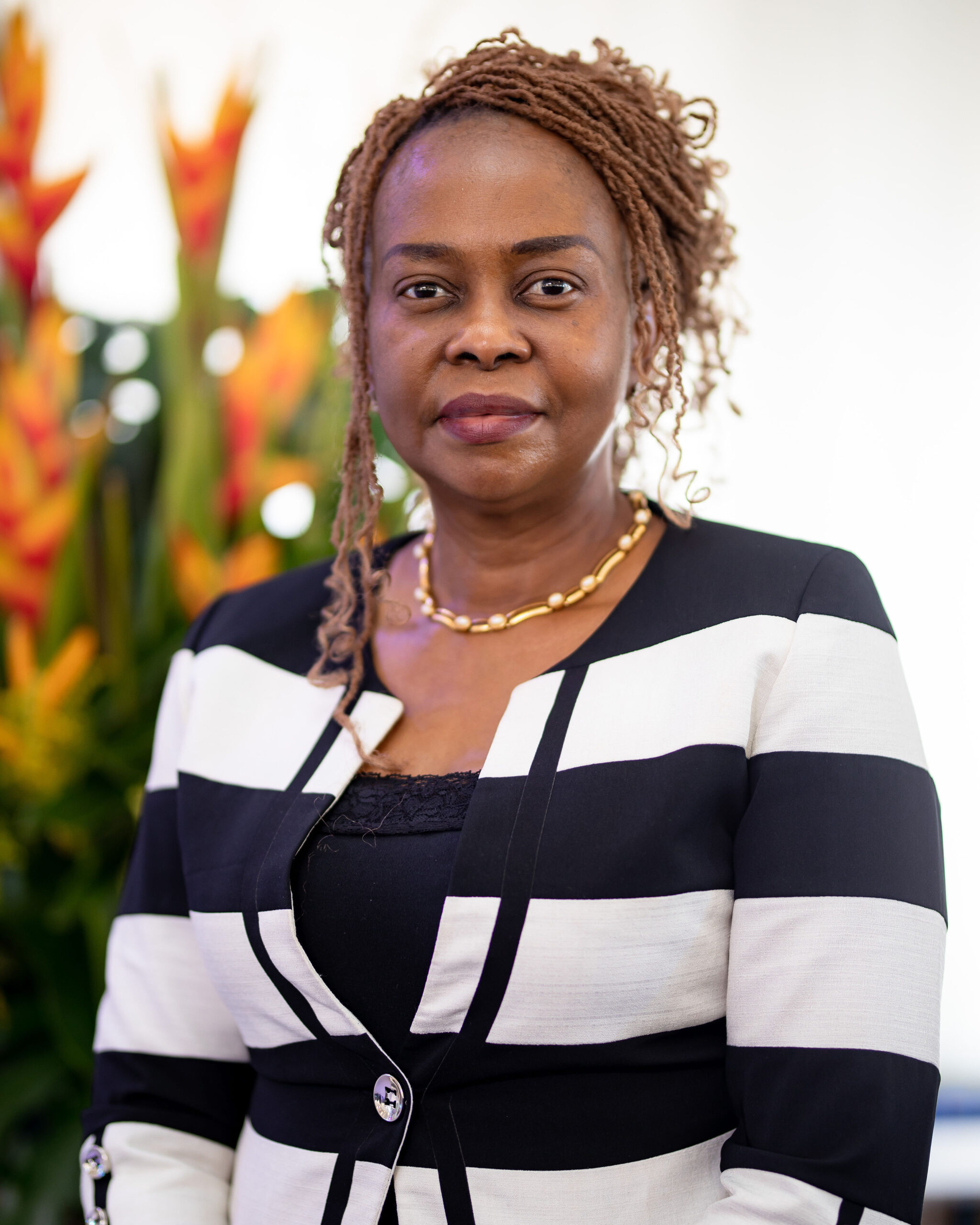

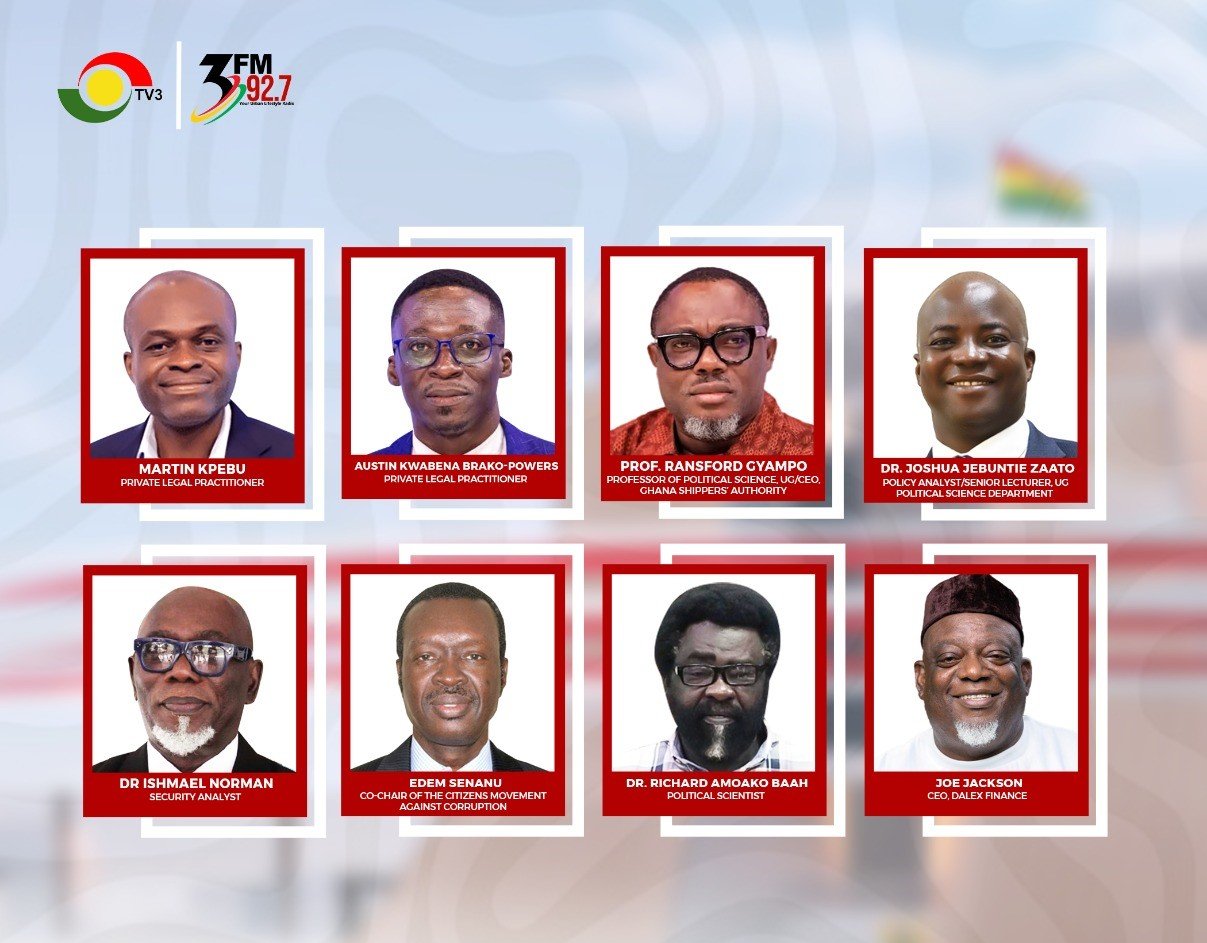

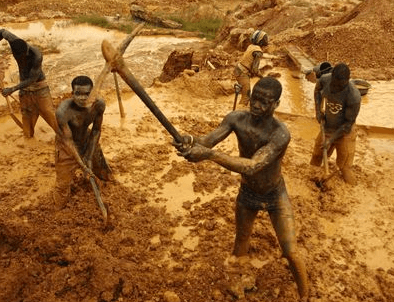

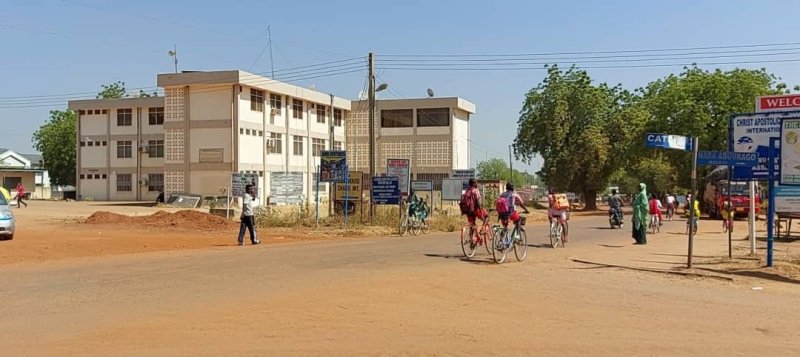
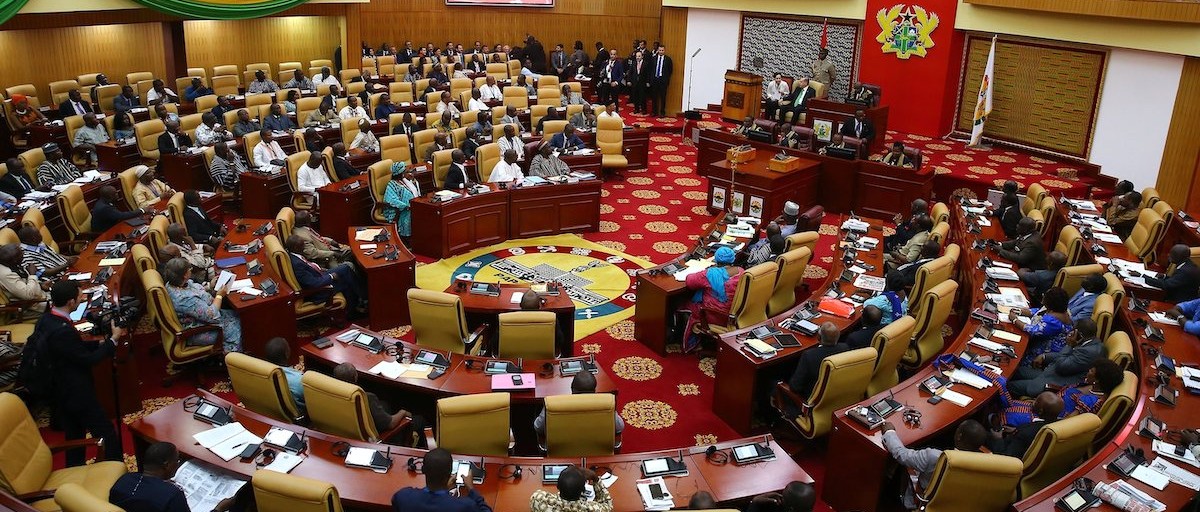



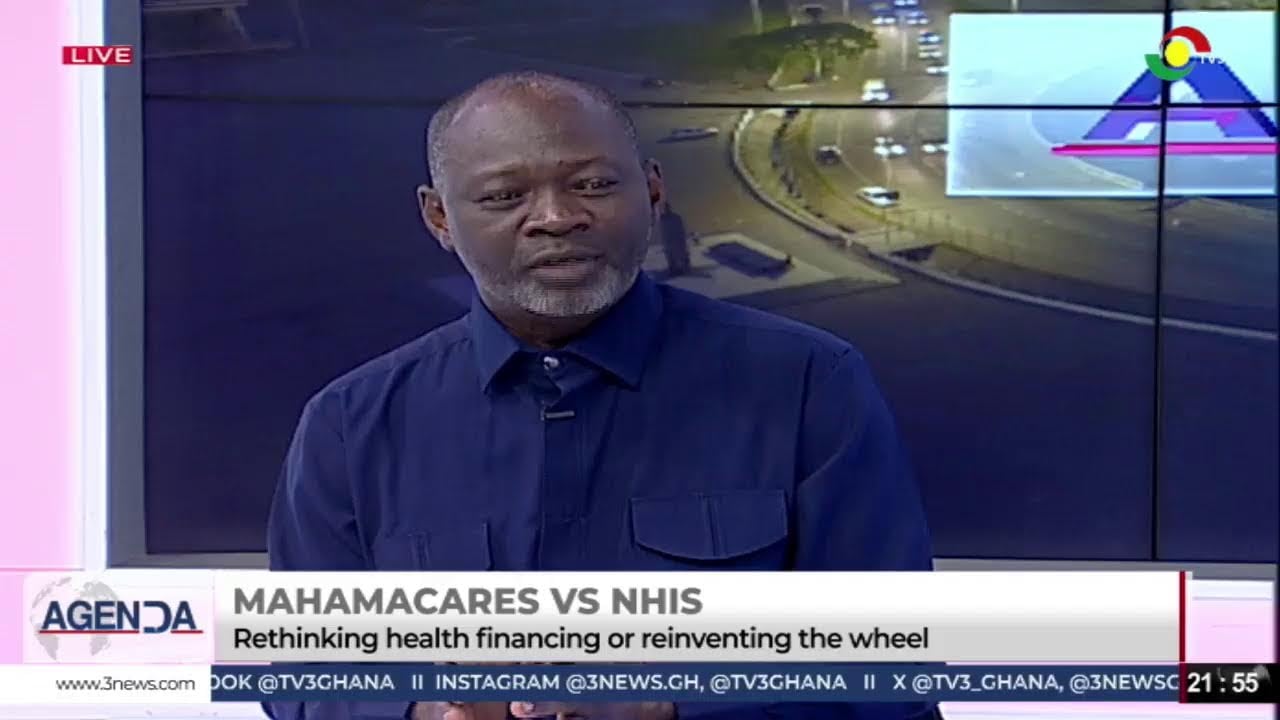
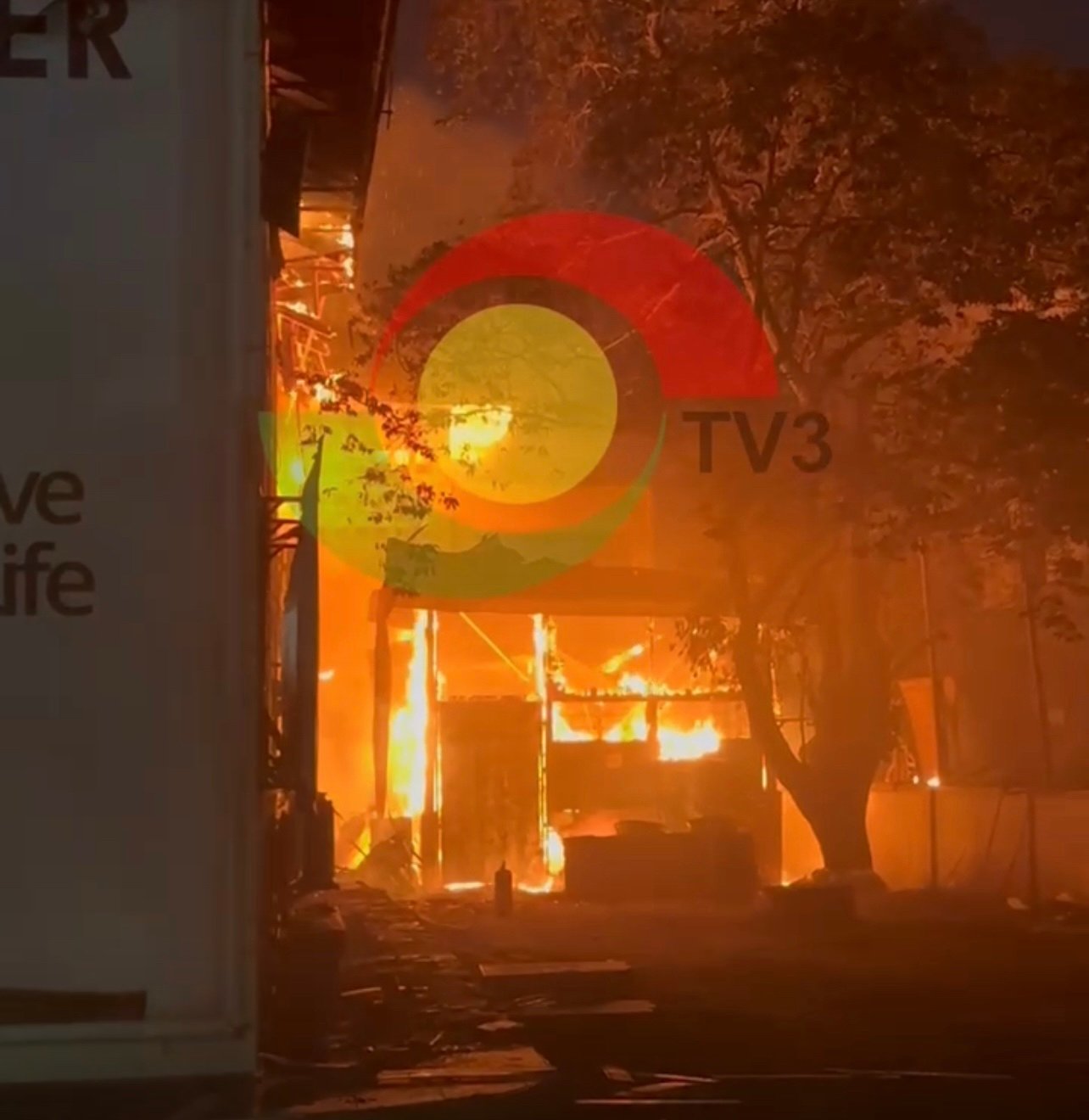
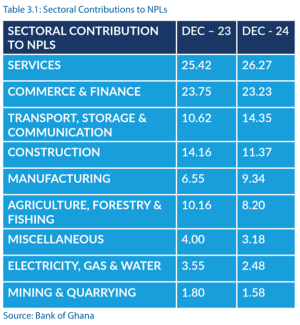
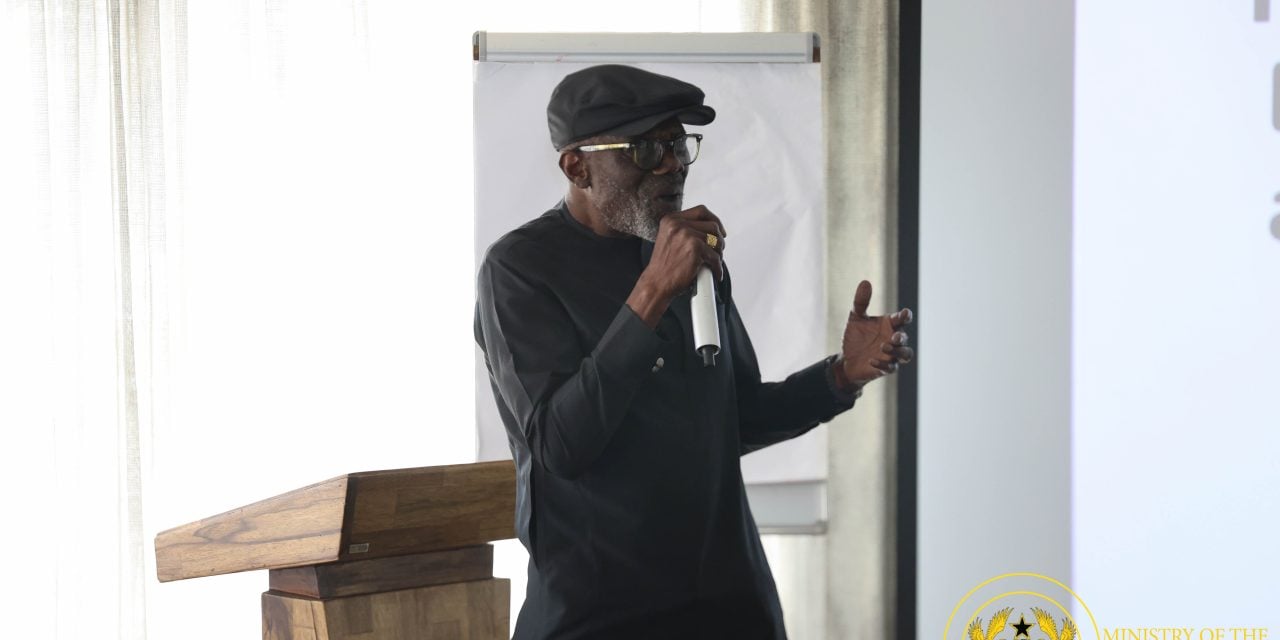
Facebook
Twitter
Pinterest
Instagram
Google+
YouTube
LinkedIn
RSS